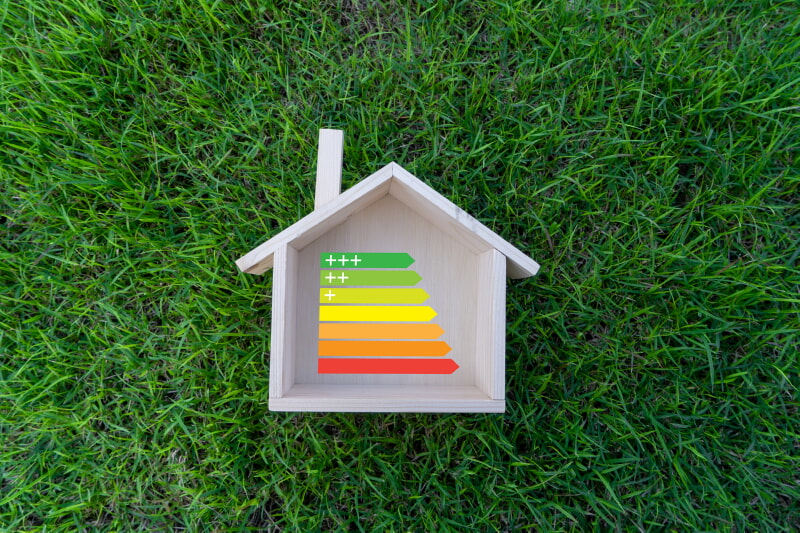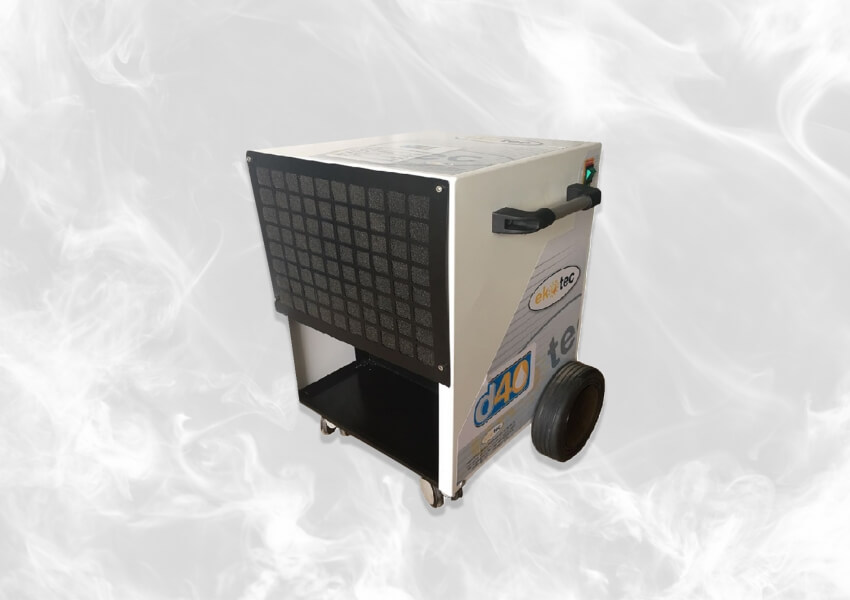How to Choose the Best Heat Pump?
In this article, we aim to answer the question of how to choose the best heat pump. For every heat pump, there are energy labels that help compare it with other models available on the market. The more stars, the higher the energy efficiency. Red stars on energy labels are used for heating, while blue stars are for cooling.
Understanding the Numbers on Energy Labels
When choosing the best heat pump, the energy label is the most important thing to consider. The label contains two numbers. These numbers provide information for selecting the best heat pump.
- Capacity Output – The amount of heating or cooling the heat pump will provide (at 7˚C).
- Power Input – The amount of power the heat pump uses to produce cool or warm air (in kW).
You can also use these numbers to calculate the heating efficiency of the heat pump. The higher the ratio, the more efficient it is.
- Coefficient of Performance (COP) – The ratio of the heating power input to the capacity output. For example, 7.5 divided by 1.64 = 4.68.
- Energy Efficiency Ratio (EER) – The ratio between the cooling input and output. For example, 5 divided by 2 = 2.50.

Using the Heat Pump Efficiently
- Heat only when necessary – Do not leave the heat pump running all day when you're not there. Use the timer to turn it on just before you return home and turn it off when not needed.
- Heat only the areas you use – Close doors and curtains to retain heat. This way, you will achieve the highest efficiency. A study on heat pump reviews showed that this method resulted in significant reductions in utility bills.
- Set the thermostat to a healthy temperature – For example, 18ºC to 20ºC during the night and 16ºC for room temperatures is ideal. High thermostat settings lead to high electricity consumption, directly affecting your bills.
- Clean the filter regularly according to the manufacturer’s instructions – Clean both inside and outside.
- Do not use the heat pump like an air conditioner to save energy – To create coolness in your home, try opening windows and doors on both sides of the house. On hot, sunny days, close the curtains to keep your home cool and shaded.
General Heat Pump Checklist
- Insulate first – Start with the ceiling and floor. This allows you to use a smaller heat pump, making it more cost-effective to heat and cool your home.
- Choose a reputable supplier that offers warranties on parts and labor. A recommended option would be Ekotec, a local manufacturer with 40 years of experience.
- Ensure you are buying the right size. Always consult an expert for this.
- Make sure the installation is done properly.
- Choose based on the conditions of the city you live in. For example, the choice may vary for Izmir compared to Kars. Different brands may also have variations, such as Daikin heat pumps, Viessmann, Toshiba, Alarko, Buderus, and Ekotec domestic production heat pumps.





